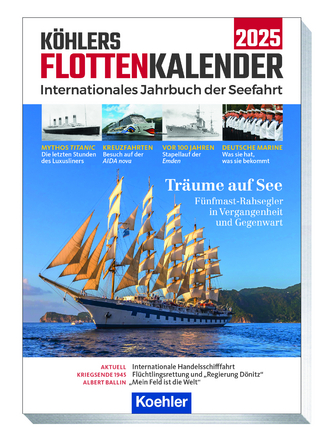
The Story of the Thames
Seiten
2015
Amberley Publishing (Verlag)
978-1-4456-4662-6 (ISBN)
Amberley Publishing (Verlag)
978-1-4456-4662-6 (ISBN)
500,000 years in the life of a river.
500,000 Years in the Life of a River.
The longest river in England, the Thames, has witnessed the entire history of a country and its capital. The Story of the Thames looks at history from the river’s perspective, investigating how the life of the nation has affected the river and, in turn, how the river has been viewed by those who live along its length. In doing so it spans 500,000 years (longer than human history) and extends from source to mouth.
The Thames is often taken for granted. People assume that it is simply there, flowing passively through the human world, unchanging. That is not the case. The river has changed both physically, initially due to natural causes and latterly as a result of human intervention, and in how it is used. It has been viewed in very different ways in response to the needs and expectations of society at different times.
Beginning with geology and the ancient past, this book focuses on the social and economic changes exemplified in the life of the river, as well as touching on episodes of national and political history in which it was involved. Andrew Sargent explores the ritual deposit of metalwork in the river in the Bronze Age, the working river of the Middle Ages and post-medieval period, the development of leisure (e.g. Three Men in a Boat), the river in wartime, and modern environmental conservation.
500,000 Years in the Life of a River.
The longest river in England, the Thames, has witnessed the entire history of a country and its capital. The Story of the Thames looks at history from the river’s perspective, investigating how the life of the nation has affected the river and, in turn, how the river has been viewed by those who live along its length. In doing so it spans 500,000 years (longer than human history) and extends from source to mouth.
The Thames is often taken for granted. People assume that it is simply there, flowing passively through the human world, unchanging. That is not the case. The river has changed both physically, initially due to natural causes and latterly as a result of human intervention, and in how it is used. It has been viewed in very different ways in response to the needs and expectations of society at different times.
Beginning with geology and the ancient past, this book focuses on the social and economic changes exemplified in the life of the river, as well as touching on episodes of national and political history in which it was involved. Andrew Sargent explores the ritual deposit of metalwork in the river in the Bronze Age, the working river of the Middle Ages and post-medieval period, the development of leisure (e.g. Three Men in a Boat), the river in wartime, and modern environmental conservation.
Andrew lives not far from Oxford in the Thames valley. Local history and archaeology have always been his passions. After taking a doctorate in archaeology from Cambridge University he worked for English Heritage for over 20 years. He has published numerous articles on aspects of archaeology as well as monographs on the history of photography. This book arose naturally out of his varied interests.
| Erscheint lt. Verlag | 15.4.2015 |
|---|---|
| Zusatzinfo | 16 Plates, color |
| Verlagsort | Chalford |
| Sprache | englisch |
| Maße | 124 x 198 mm |
| Gewicht | 241 g |
| Themenwelt | Sachbuch/Ratgeber ► Geschichte / Politik ► Regional- / Landesgeschichte |
| Natur / Technik ► Fahrzeuge / Flugzeuge / Schiffe ► Schiffe | |
| ISBN-10 | 1-4456-4662-5 / 1445646625 |
| ISBN-13 | 978-1-4456-4662-6 / 9781445646626 |
| Zustand | Neuware |
| Haben Sie eine Frage zum Produkt? |
Mehr entdecken
aus dem Bereich
aus dem Bereich
internationales Jahrbuch der Seefahrt
Buch | Softcover (2024)
Koehler in Maximilian Verlag GmbH & Co. KG
CHF 35,90


